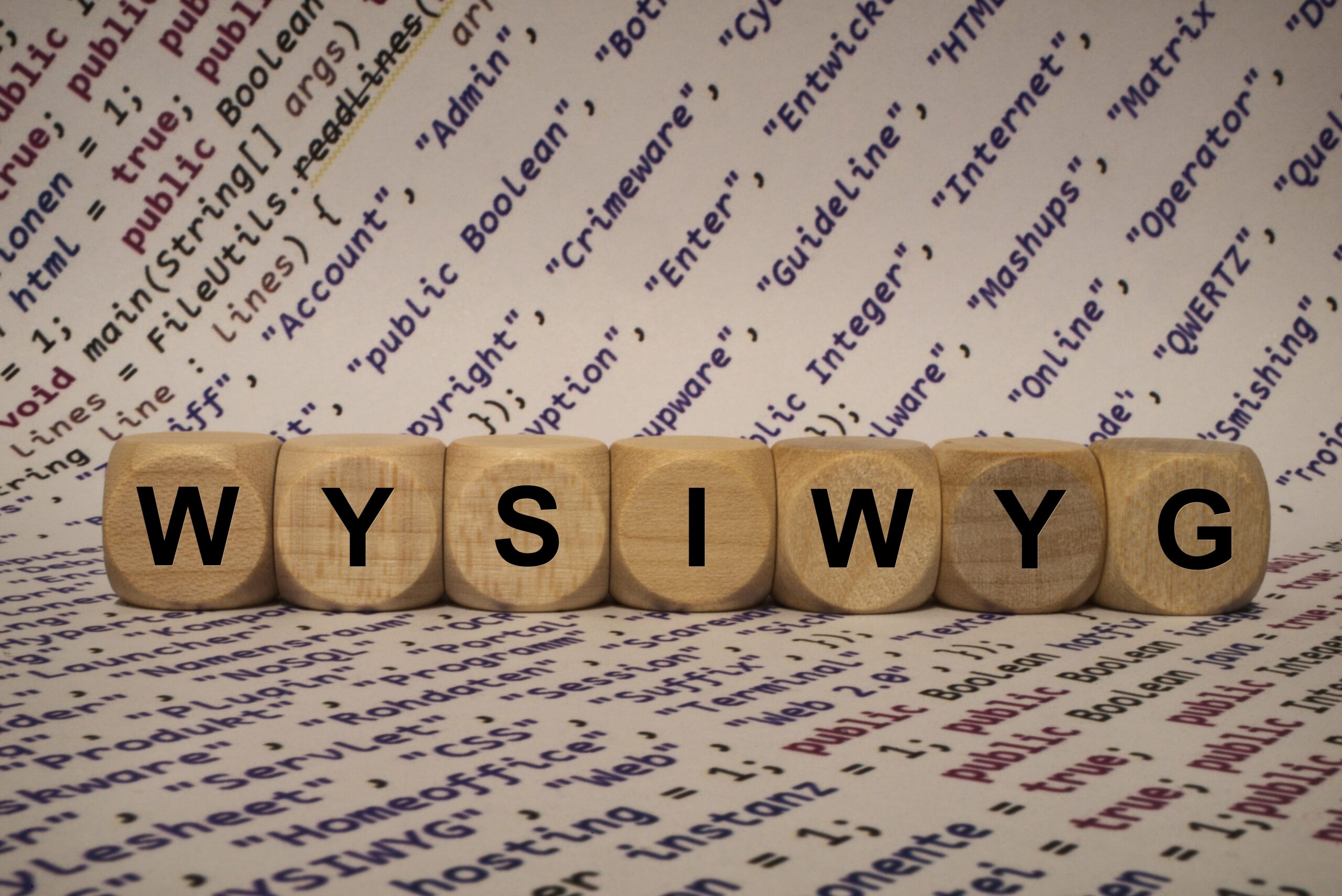I started my computer career with the command line, or as it is known today, the CLI.
Almost everything I do is done via CLI.
I’ve had clients that had hosts in China, Ukraine, and London. They all look the same to me because they are just another window next to the other windows on my desktop.
When programming, my hands seldom leave the keyboard. I don’t need to use the mouse to program. It is mostly done with control key sequences.
When I need to configure something, I use a text editor and edit the configuration file. If the configuration file is JSON, I use JSON CLI tools to manipulate the file. Everything is done via the command line.
Even this post is done from “the command line.” I am typing raw HTML into a simple text editor. So an aside is written as:
<div class="aside">This is the aside</div>
Which renders as
The editor also has a visual editor. What we call a “What You See Is What You Get” or WYSIWYG.
In the WYSIWYG, you type, and it is formatted close to what it will look like when presented in a web browser.
You have likely used a word processor like Microsoft Word, Apple’s old Mac Write, or the modern LibreOffice. If you’ve used Google Docs, you have used the online version of LibreOffice.
The idea is that you can look at what you type in these WYSIWYG editors and that is what it will look like when printed.
We have another term for Graphical User Interfaces, WYSIAYG, or What You See Is All You Get.
What do I mean by that? Well, if you have a GUI that performs configuration options, then only the options that are implemented in the GUI are available to you through the GUI.
The new level 3 managed switch has a web GUI. It is rather nice. You can see the status of each port. There are pleasant drop-downs to give you choices.
One of the issues I needed to deal with was to get DHCP running on it, rather than the old DHCP server.
After fumble fingering my way through the interface, I had a working configuration.
The other day, I wanted to set up network booting. I am installing Linux on so many machines, both virtual and bare-metal, that I wanted a simple method to use. Network booting seemed like the answer.
This requires setting the “next-server” and “bootfile” options in the DHCP configuration file.
There is NO place in the web GUI to do so. It is available through the CLI. Undocumented, of course.
WYSIAYG. I muddled through, I got it working. I can now do a network install anytime I want. And I can provide multiple options.
Which leads me to the root cause of this rant.
They are now building CLI tools that require CLI tools to configure them. And the CLI tools that do the configuration are not well documented because you should use the CLI management tool!
I needed to install incus on a system to configure a working OVN network! I am so frustrated right now that I could scream.

